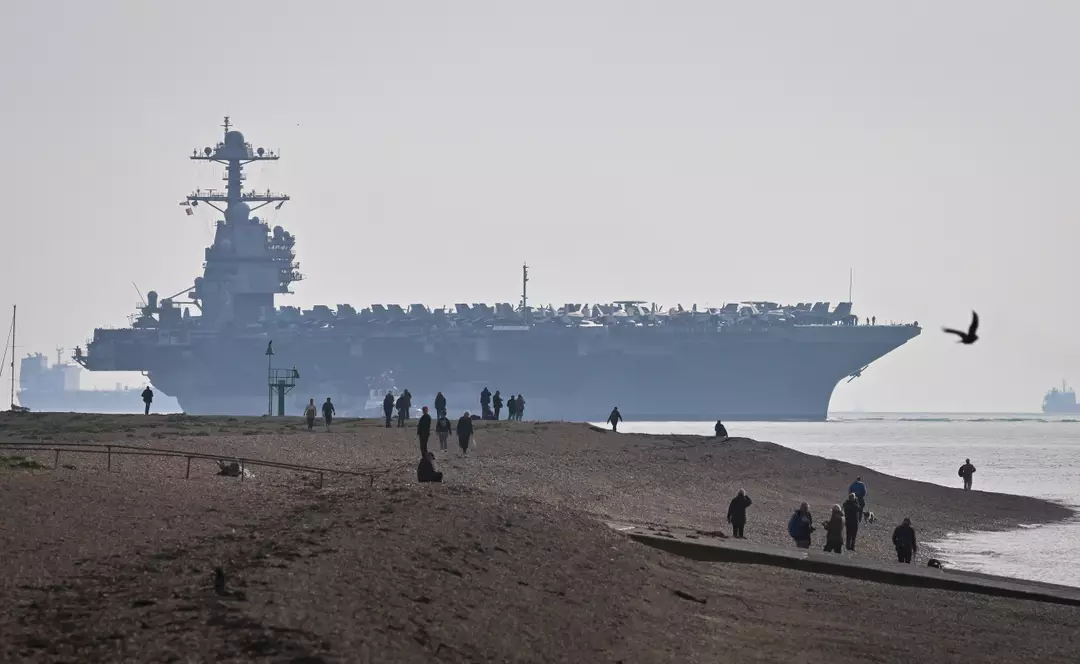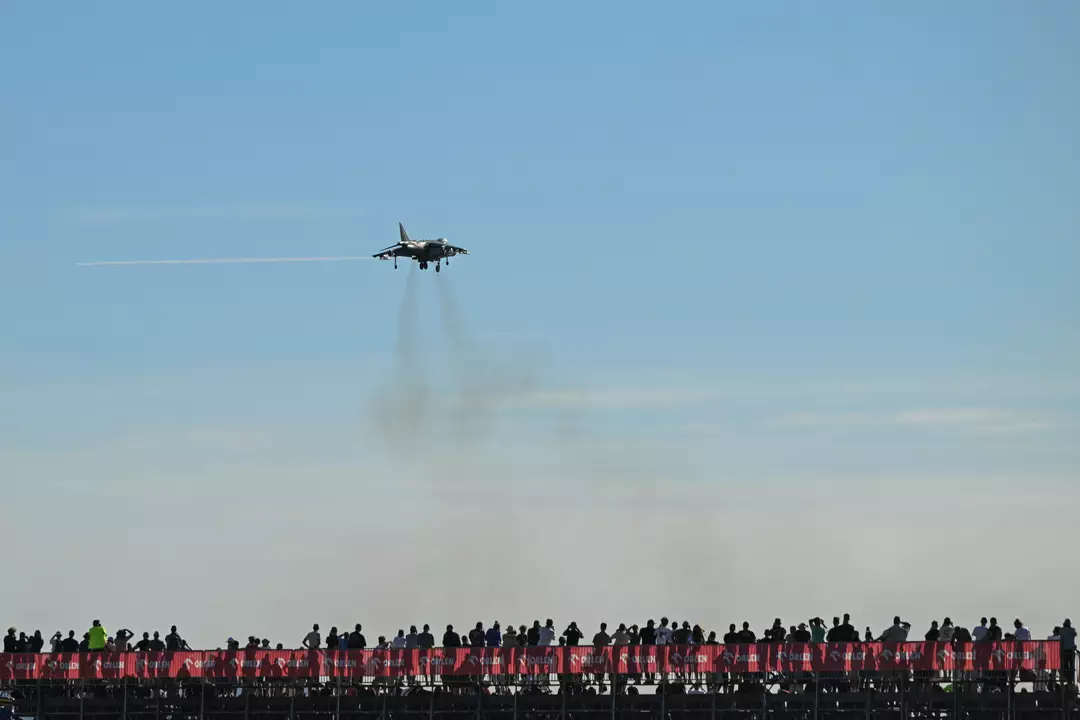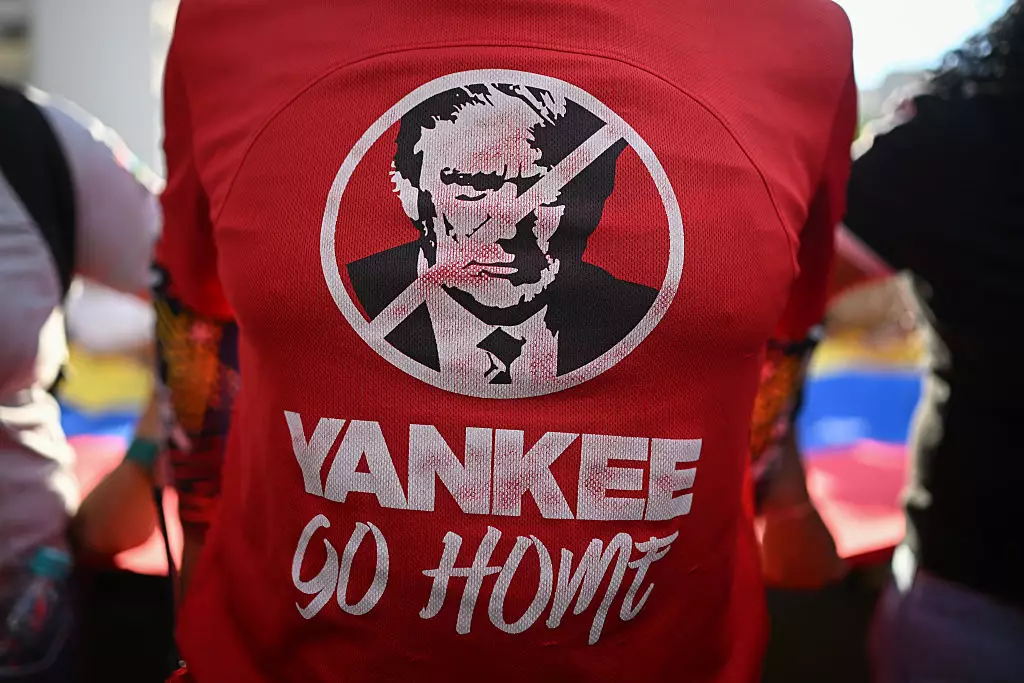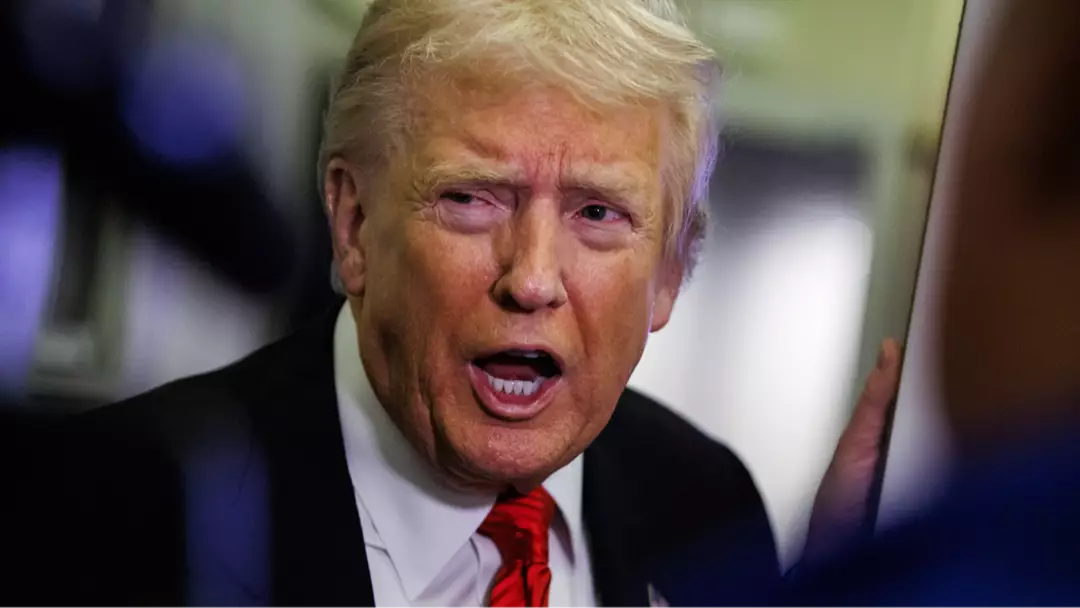The world’s largest aircraft carrier, along with its accompanying strike aircraft group, has entered South American waters as the Trump administration ramps up a significant military presence.
The deployment of the advanced USS Gerald R Ford carrier group to the region surrounding Latin America follows a directive from the Department of War (formerly known as the Department of Defense) to execute Commander-in-Chief Trump’s order to dismantle alleged drug cartels.
Chief Pentagon Spokesperson Sean Parnell stated that the deployment of the aircraft carrier would ‘enhance US capacity to detect, monitor, and disrupt illicit actors and activities that threaten the safety and prosperity of the United States homeland’.
Parnell did not explicitly mention Venezuela but indicated that the move would improve the US’ ability ‘to disrupt narcotics trafficking and degrade and dismantle Transnational Criminal Organizations’.

As the largest US force in South America since the 1989 Panama invasion gathers near Venezuelan waters, President Nicolás Maduro has announced a ‘massive deployment’ of civil and military forces within the nation to deter a potential invasion.
Donald Trump has justified the increasing military presence in international waters off Venezuela as part of his initiative to dismantle drug smuggling networks, which has reportedly resulted in an estimated 76 fatalities from 19 airstrikes on civilian vessels.
The deployment of the USS Gerald R Ford in the area signifies a considerable escalation in military force, adding to an already unprecedented build-up of ships, troops, and attack aircraft in modern times.
Before the arrival of the nuclear-powered aircraft carrier in the region, approximately 4,500 sailors and Marines were already active in the United States Southern Command area, which encompasses Central and South America, as well as the Caribbean.
As the Ford Carrier Strike Group enters the region, it brings an additional 4,000 sailors and a mix of ‘tactical aircraft’, which the Navy confirmed includes variants of the F/A-18 Super Hornet strike aircraft.

Currently, the primary form of air power deployed by the Department of War in the region includes helicopters and AV-8B Harriers, versatile strike aircraft capable of vertical takeoff and various air-to-ground and air-to-air missions.
The Gerald Ford carrier group significantly boosts US sea power in the waters off Venezuela, where a nuclear submarine and eight warships are already stationed. According to Reuters, advanced multi-capability F-35 aircraft are also in the area, though the Department of War has not confirmed this.
Nearly every country in the region has cautioned the US against military adventurism, with 58 out of 60 nations endorsing a declaration against ‘the use or threat of use of force and any action not in accordance with international law’, without naming Trump or the US directly.
Brazil’s President, Luiz Inácio Lula da Silva, urged Trump to exercise restraint, linking the military build-up to potential conflict.
He stated: “We are a zone of peace. We don’t need war here. The problem in Venezuela is a political one, and it must be resolved through politics.”

Despite the lack of direct reference to Maduro’s regime in Venezuela, Trump’s actions have raised concerns from the UK’s closest intelligence partner.
Even with the joint function of British and American signals intelligence through centers like GCHQ, the UK has decided to pause sharing some information with the US following deadly strikes on fishing boats and other vessels.
This decision reportedly stems from concerns that US missile attacks on alleged drug traffickers may be illegal and violate well-established international law.
“It is our longstanding policy to not comment on intelligence matters,” a UK Government spokesperson responded regarding the reported intelligence-sharing rift.

